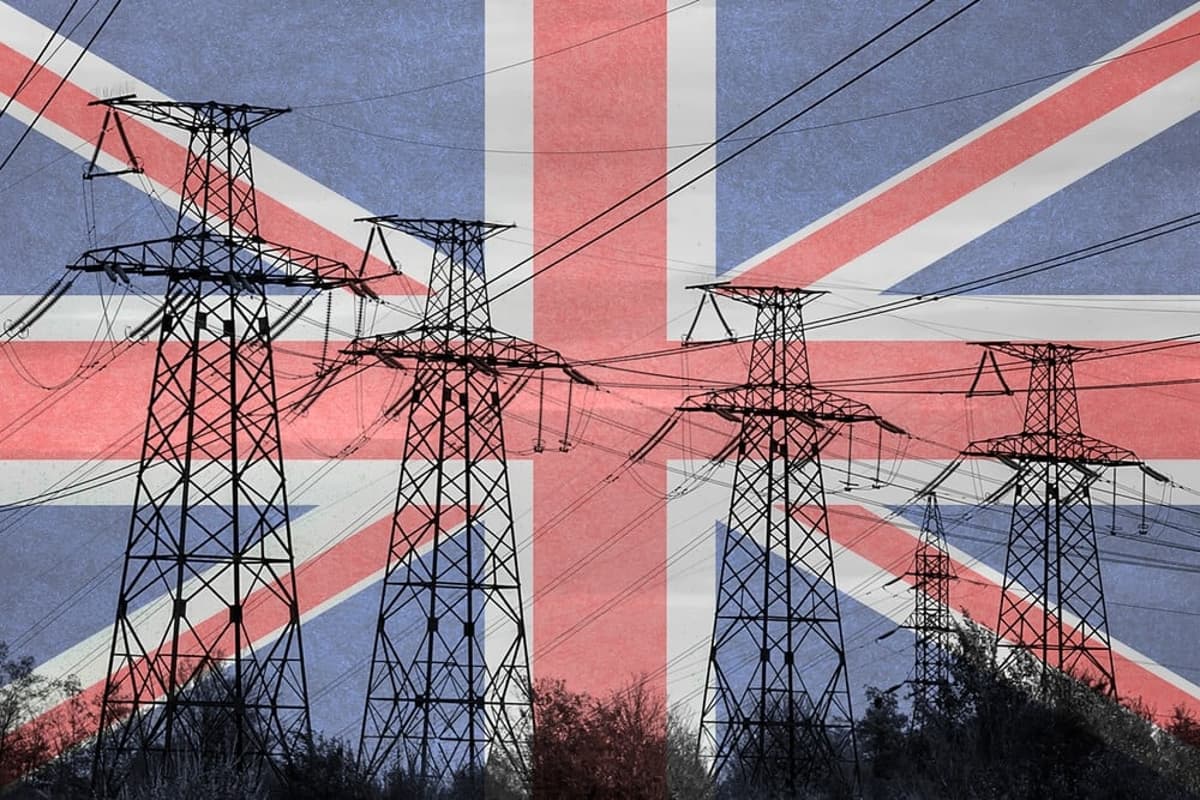The UK must accelerate large-scale electrification in heating and transport alongside scaling carbon capture and storage (CCS) and hydrogen infrastructure to address lagging emissions reductions, according to DNV’s 2025 UK Energy Transition Outlook (ETO) report.
The independent energy and assurance provider assessed the UK’s trajectory against key government targets: Clean Power 2030, 2035 Nationally Determined Contribution (NDC) and Net Zero by 2050.
It found the development of the UK hydrogen market requires ‘significant support’ and without it, it is unlikely that low-carbon hydrogen production rates will hit 2030 targets.
DNV forecasts 0.9 million tonnes per year of hydrogen in 2030, with only 25% low carbon (equivalent to 4GW, 6GW short of government target). But it does forecast it will grow to 4.7 million tonnes per year/y by 2050.
“Without a clear business model or market support mechanism, high production costs would make hydrogen generally uncompetitive for industrial use and domestic heating even by 2050,” it states.
However Frank Ketelaars, Energy Transition Director at DNV, said, “We are seeing significant progress on the industrial side, the impact of hydrogen and carbon capture will allow us to reduce emissions by 54%.”

Source: DNV
DNV forecasts that unabated gas will still generate 12% of UK electricity in 2030 with full decarbonisation not expected until 2035, and oil and gas will remain dominant for the rest of the decade.
Hari Vamadevan, Executive Vice-President and Regional Director, UK & Ireland, Energy Systems at DNV, said despite economic and geopolitical challenges, the UK’s trajectory remains positive but emissions remain a major challenge.
CO2 emissions need to fall from 405 million tonnes annually to 155 million tonnes in 10 years. “To put that in perspective, in the last 35 years, we’ve achieved about 50% reduction, and that’s with all the carbon budgets – and now we have to do 62%,” he said.
Currently the UK will fall short of Net Zero by 18% by 2050, DNV’s analysis show. By 2050, emissions are projected to drop 82% from 1990 levels, amounting to remaining annual emissions of 145 million tonnes of CO₂ equivalent (MtCO₂e) annually.
Home heating presents another challenge: by 2050, more than half of homes will still use natural gas, with heat pump adoption limited by costs and insulation requirements. Without policy shifts to lower costs, gas will remain dominant for the foreseeable future.
Vamadevan added, “The scale of change can feel daunting, but change happens incrementally and progress is undeniable. To seize the potential economic, environmental and societal benefits ahead, we must turn urgency into actions – scaling renewables and updating grids at pace.”















